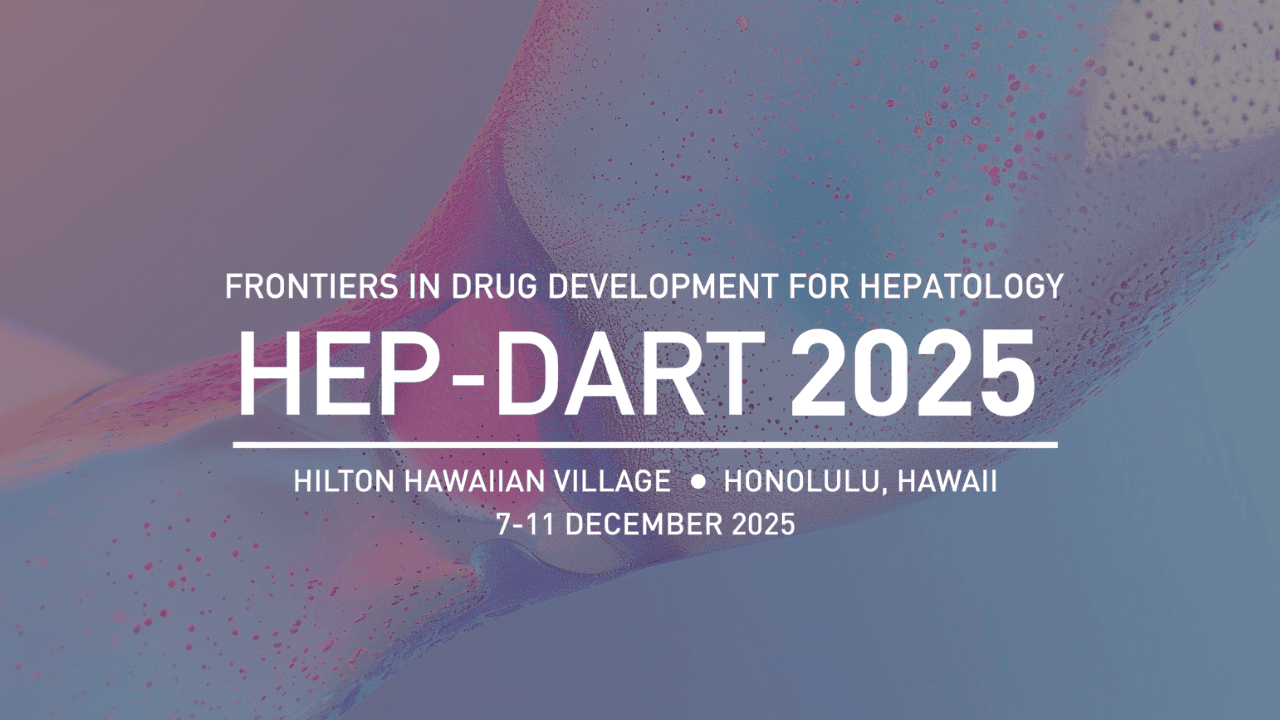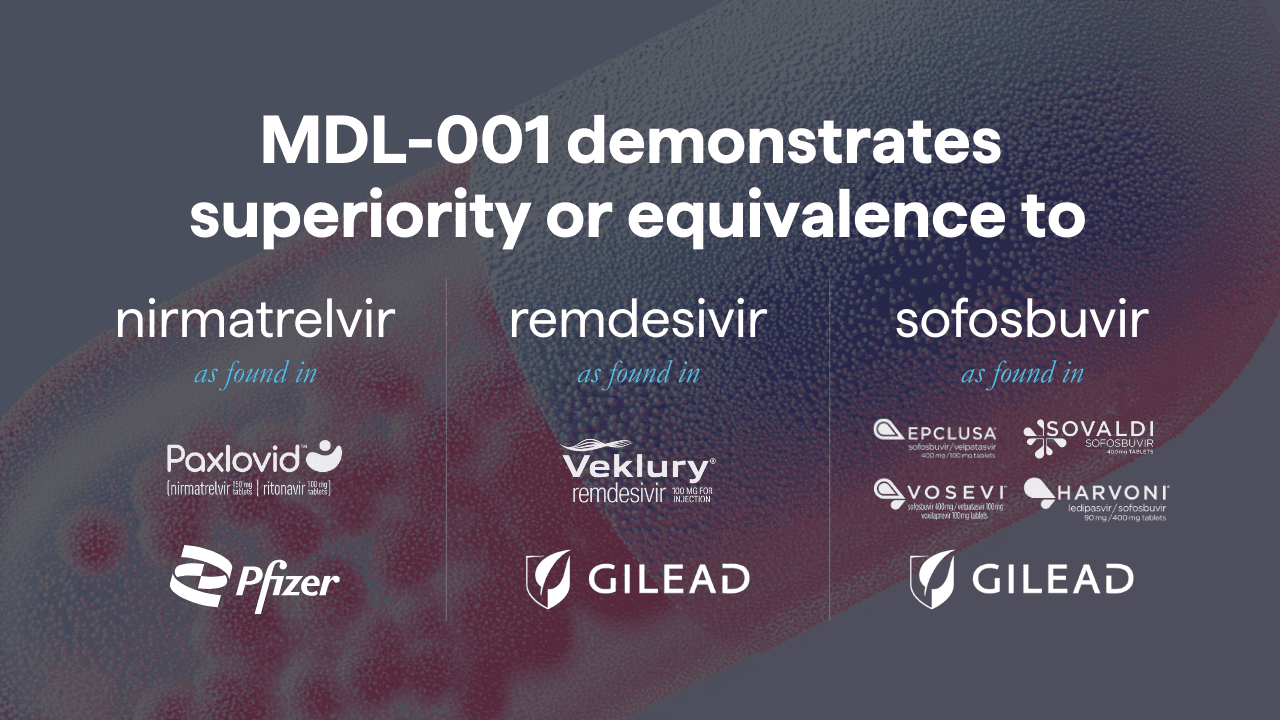The AIDD Code
A New Standard for Evaluating AI Drug Discovery Companies

In the rapidly evolving landscape of AI-driven drug discovery, pharmaceutical companies and investors need a clear framework for assessing the capabilities and potential of AI drug discovery companies. At Model Medicines, we propose a new standard: "The AI Pharma Code." This set of criteria aims to differentiate the most promising players in the field and provide a comprehensive measure of their ability to revolutionize the drug discovery process utilizing AI.
New Biology/Target Discovery
New Chemical Entities
Zero-Shot Hit Rates above 30% at a concentration below 20μM
Tanimoto Scores below 0.5
A Therapeutic Pipeline Agnostic to Biology and Disease
Preclinical Proof of Concept in a Gold Standard Animal Model or Beyond
New Biology/Target Discovery
The ability to identify novel drug targets or new biological insights.
Demonstrate the capacity to move beyond known targets and explore uncharted regions in the vast landscape of human biology. By leveraging the power of AI and machine learning, the industry can uncover new opportunities for therapeutic intervention and potentially address diseases with high unmet medical needs.
New Chemical Entities
The generation of New chemical entities (NCEs).
Design and optimize new molecules that are structurally distinct from existing compounds. These NCEs should possess desirable properties, such as improved potency, selectivity, and drug-like characteristics. By creating entirely new chemical matter, the industry can expand the universe of potential therapeutic agents and overcome the limitations of traditional drug libraries.
Zero-Shot Hit Rates above 30% at a concentration under 20μM
Repeatable, high hit rates for drug-like compounds.
Demonstrate high hit rates in zero-shot learning experiments, with a minimum of 30% of their AI-generated compounds showing activity at a concentration below 20μM in relevant assays. Zero-shot learning refers to the ability of AI models to make accurate predictions on novel targets or chemical spaces without explicit training data. This capability showcases the generalizability and transferability of the AI platform, enabling the discovery of new therapeutic opportunities beyond the confines of existing knowledge.
Tanimoto Scores below 0.5
Compounds that are significantly dissimilar from their training set.
Tanimoto score is a metric that measures the structural similarity between two molecules. The industry should aim to generate compounds with Tanimoto scores below 0.5 when compared to existing drugs or known compounds. A low Tanimoto score indicates that the AI-generated molecules are structurally novel and diverse, exploring new regions of chemical space. This is crucial for identifying new lead compounds that may have improved properties over existing drugs.
A Therapeutic Pipeline Agnostic to Biology and Disease
A pipeline demonstrated across multiple areas of biology and disease.
A truly powerful AI drug discovery platform should be versatile and applicable across various biological targets and disease areas. Companies should showcase a robust pipeline that spans multiple therapeutic domains, such as oncology, neurology, immunology, and infectious diseases. This demonstrates the scalability and adaptability of their AI platform, and its potential to generate a diverse portfolio of drug candidates. By not limiting themselves to a narrow focus, these companies can maximize their impact on human health.
Preclinical Proof of Concept in a Gold Standard Animal Model or Beyond
The ability to create drugs, not merely hits.
The ultimate and most important test of an AI drug discovery company's capabilities is the successful translation of their AI-generated compounds into viable drug candidates. At a minimum, companies should provide evidence of preclinical proof of concept for at least one of their assets in a gold-standard animal model. This validates the biological activity and therapeutic potential of the compounds identified by their AI platform and serves as a critical milestone on the path to clinical development.
The AIDD Code
At Model Medicines, we are proud to embody "The AIDD Code"
We believe that "The AIDD Code" will become the new standard for evaluating AI drug discovery companies, and we invite our peers, partners, and investors to adopt this framework. By adhering to these rigorous criteria, we can accelerate the development of life-changing therapies and unlock AI's full potential in revolutionizing the pharmaceutical industry.
New Biology/Target Discovery
Our proprietary GALILEO™ platform has enabled us to identify novel targets, such as the RdRp Thumb-1 site.
New Chemical Entities
We’ve generated a library of new chemical entities for pan-antiviral activity.
Zero-Shot Hit Rates above 30% at a concentration under 20μM
We’ve generated new compounds with an unprecedented 66.7% hit rate at a concentration at 10μM for pan-antiviral activity, including a 46.7% Sub-10 μM IC50 discovery rate.
Tanimoto Scores below 0.5
In our recent preprint, we showcase our ability to generate novel, diverse compounds with an average Tanimoto similarity score of just 0.32 to the training set, highlighting our platform's capacity to explore new chemical spaces.
See: ChemPrint: An AI-Driven Framework for Enhanced Drug Discovery
Pipeline Across Biology and Disease
With 190+ compounds for 25+ targets, our pipeline spans multiple therapeutic areas, including oncology, infectious diseases, and metabolic disorders.
See: Pipeline
Preclinical Proof of Concept in a Gold Standard Animal Model or Beyond
We have successfully validated our lead asset, MDL-001, in preclinical, gold-standard animal models at the Garcia-Sastre Laboratory, part of the Icahn School of Medicine at Mount Sinai.
Details
Date
Apr 23, 2024
Category
Insights
Reading
5 Mins
Author

Patrick ONeill
Investor Relations
Related News


